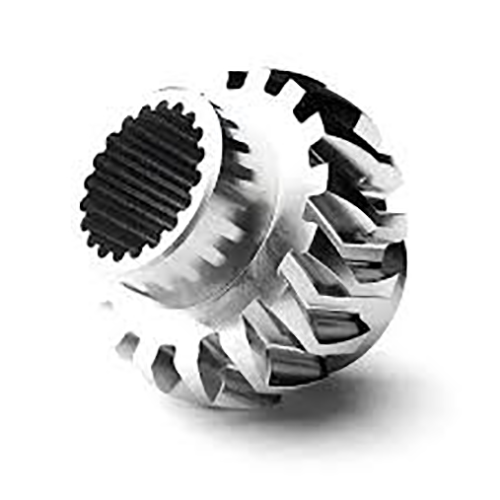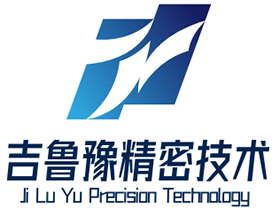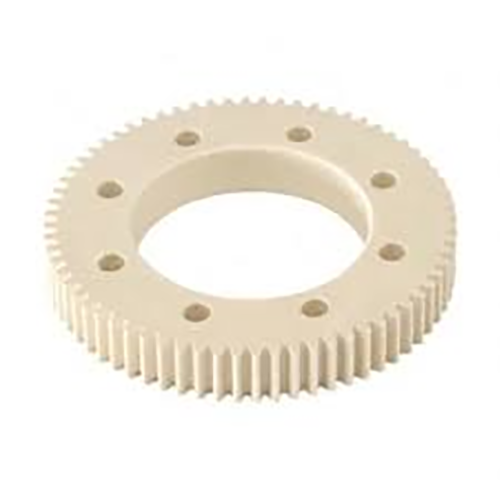
Realizing precise finish on a turned or milled piece proves indispensable.
- CAD annotations convey exact surface criteria for production
- Drawings commonly cite Ra, meaning root mean square average, to measure texture
- Grasping callout meaning is essential to make parts conform to design intent
- Chosen finish influences lubrication retention, friction behavior, and part life
- Proper decoding of specifications is critical to deliver the expected finish
Understanding Precision Engineering in CNC Machining

Computer-controlled machining embodies a revolutionary manufacturing technique through G-code driven routines the hardware sculpts intricate parts accurately.
- Programmed mills and lathes produce top-tier parts across material types
- Broad CNC applicability benefits industries like aerospace, automotive, and healthcare
- G-code driven machining maintains reliable consistency across batches
Across prototyping through full-scale production CNC machining serves as a cornerstone in contemporary manufacturing
Deciphering CNC Machine Specifications
Grasping machine spec language may feel tough at first
Though a little background plus organization helps you interpret technical details effectively
Kick off by isolating primary specs such as rpm, feed, tolerance, workspace, controller
All attributes together shape the system’s production performance.
Illustratively, greater spindle rpm aligns with softer workpieces; increased feed raises manufacturing pace.
Understanding these relationships will allow you to select the right CNC machine to match your specific requirements
It’s wise to study manufacturer documentation comprehensively.
Those resources usually offer helpful explanations and clarify jargon
CNC Machines Explained: A Full Guide
CNC systems refer to programmed machine tools for accurate automated part production across materials They operate by interpreting digital instructions called G-code to control cutting tools or other actuators.
- Examples of CNC types are vertical mills, CNC lathes, CNC routers, plasma cutters
- Cutting methods suit steels, plastics, woods, and layered composites
- Also CNC equipment offers quick turn prototyping and low-volume runs for innovators and labs
Computer Numerical Control Machines: An Overview
They illustrate synthesis of mechanical precision and computerized control logic Adaptive tools rely on coded programs to manufacture from simple elements to detailed structures Key principle turns electronic models into physical artifacts.
- CNC fabrication
- Code-driven production workflow
It performs sequenced precise axis operations dictated by program Manufacturing staff set tooling parameters, oversee machining, and confirm quality outcomes.
Surface Finish Effects in CNC Production
Delivering planned surface condition during machining is necessary It strongly influences part functionality and visual appeal The type of material being machined the cutting parameters used and the post-processing operations all contribute to the achieved surface texture.
Fine finishes raise resilience whereas rough profiles can restrict performance CNC systems provide diverse tooling and strategies to reach required finishes.
- Such as employing varied cutter geometries |tool materials|cutting velocit
 y selections to shape surface
y selections to shape surface - Alternatively post-processing methods like polishing grinding sanding can be employed to improve the surface finish
Grasping how machining variables affect texture is critical to obtain optimal outcomes.
An Introduction to CNC Machine Operation
Computerized machining precisely produces parts from metals, plastics, and other materials They run numerical instructions to manufacture complex shapes consistently A fundamental understanding of CNC machine operation including the role of G-code programming and tool selection is essential for successful machining processes
Fields benefiting from CNC include aerospace, automotive, industrial manufacturing, and electronics From intricate parts for aircraft engines to precision molds for plastic injection CNC machines have become indispensable tools for producing high-quality products with complex geometries
Surface Finish Callouts for CNC Machined Parts
Proper specification of surface finish is crucial when machining parts on a CNC machine It ensures that the final product meets the requirements for function and aesthetics Technical callouts frequently employ Ra as the roughness metric Shown in micrometers or inches, the measurement denotes typical roughness magnitude.
Weigh required surface smoothness against intended use when defining callouts

In many cases fine finishes are necessary for accurate alignment and tight interfaces
More pronounced surface profiles help applications relying on friction or traction
Employ an unambiguous finish note on drawings to specify surface expectations State the Ra figure and any extra machining or finishing instructions required.
Keep in mind clear finish callouts are central to manufacturing success
CNC Equipment Types and Use Cases
Machine shops deploy varied CNC equipment tailored to many distinct production tasks They integrate CAD-driven toolpaths to guide cutters for precise component production.
- Boring and drilling equipment generate accurate holes and internal features
- Grinders refine surfaces and achieve tight dimensional tolerances via abrasion
- Waterjet tools cut ceramics composites and metals with no heat-affected zone
Decision factors include the part’s material, feature complexity, and tolerance specifications Specialized CNC abilities fulfill industry requirements across sectors from transport to healthcare.
Realizing Superior Texture with CNC Machining
Securing excellent surface finish plays a key role in production and CNC methods enable that outcome With exact feed control spindle tuning and proper tool shapes machinists influence finish quality and minimize defects Plus durable cutting materials and appropriate coolant control boost finish quality Deliberate machining strategies and exact setups enable production of components with excellent texture.
Programming for Surface Finish in CNC
Controlling finish within programming is key to obtaining target surface results The chosen machining parameters including feed rate spindle speed and cutting tool geometry exert a significant influence on the final surface texture Deliberate parameter selection and optimized lubrication enable near-flawless finishes.
- Additionally routine tool checks and upkeep maintain consistent finish quality Also ongoing what is acnc machines tool care and inspection support sustained finish reliability In addition periodic tool servicing and checks secure consistent surface quality
- In pursuit of improved finish examine material properties, roughness goals and application
- CAM previews let programmers modify strategies to avoid finish defects
- Also ongoing tool care and inspection support sustained finish reliability
